3 Makrut Lime Leaf Replacements That Add Citrus Zest
Makrut lime leaves substitute options can save your dish when this fragrant ingredient isn't available in local stores.
These tangy citrus leaves impart a distinctive flavor that many Southeast Asian recipes call for, yet sometimes alternatives must be used due to availability challenges.
Most home cooks face this dilemma at some point while preparing authentic Thai or Indonesian cuisine.
The good news? Several accessible ingredients can mimic that unique citrus-floral note without compromising the overall taste profile of your meal.
Professional chefs often rely on creative combinations to replicate the complex aroma when these specialized leaves cannot be sourced.
Such substitutions might not provide an identical flavor, but they can certainly deliver a comparable culinary experience that respects the dish's cultural origins.
Once you understand the principles behind effective substitution, those last-minute pantry dilemmas become much less stressful.
How Makrut Lime Leaves Affect Flavor and Aroma in Cooking
Makrut lime leaves are a prized ingredient in Southeast Asian cooking, known for their unique citrusy aroma and the bright, fresh flavor they bring to many dishes. These shiny, dark green leaves aren’t just decorative, they’re an easy way to elevate both the scent and taste of your food:
Why Substitute Makrut Lime Leaves?
There are several reasons you might need to substitute makrut lime leaves in your cooking, especially if you’re experimenting with new recipes, dealing with allergies, or simply using what’s already in your kitchen:
Hard to Find
Makrut lime leaves aren’t always available outside Asia; substitutes help cook Thai, Indonesian, or Vietnamese dishes without special shopping trips.
Why Replace Fresh Makrut Lime Leaves?
There are several reasons you might need to substitute makrut lime leaves in your cooking, especially if you’re experimenting with new recipes, dealing with allergies, or simply using what’s already in your kitchen:
Freshness and Shelf Life
Fresh leaves offer the best aroma but lose flavor quickly and are hard to store long-term; alternatives may be more practical.
Dietary Restrictions or Allergies
Some may have citrus allergies or sensitivities, requiring milder substitutes for safety and comfort.
Cost or Convenience
Imported makrut lime leaves can be costly or sold only in bulk; using lime zest, lemon zest, or other citrus leaves keeps recipes affordable and reduces waste.
Creative Cooking
Using different citrus peels, herbs, or lime juice allows experimentation and customization of traditional recipes.
Matching Ingredient Texture
Recipes needing shredded or sliced leaves can use a blend of lime zest and bay leaf to mimic aroma and appearance in a pinch.
Aromatic Substitutes for Makrut Lime Leaves
Makrut lime leaves not on hand can be swapped for something equally aromatic. The dish still comes together with a bright, fragrant lift.
Bay Leaves
Makrut lime leaves can be effectively replaced with bay leaves in many savory dishes when you need a quick substitution.
These aromatic bay leaves add a pleasant piney, slightly minty, and peppery flavor to your meals, though they lack the distinctive lemony notes of makrut leaves.
For the best flavor combination, bay leaves work wonderfully when paired with some fresh lemon or lime zest, creating a more complete flavor profile that mimics the original ingredient.
Fresh bay leaves offer the strongest aroma, but dried ones are perfectly acceptable and more commonly available in most kitchens.
Lime Juice
Makrut leaves can be effectively replaced with lime juice when you're unable to find this distinctive ingredient for your cooking.
Fresh lime juice offers a vibrant citrus flavor and welcome acidity that helps balance dishes in much the same way as the aromatic leaves.
For best results, squeeze your own limes rather than using bottled juice, as the flavor is more authentic and potent.
A medium grocery-store lime typically yields about 3 teaspoons of juice, and rolling the fruit before squeezing helps extract the maximum amount.
Lemon Thyme
Lemon thyme stands out as an excellent substitute for Makrut lime leaves in many dishes, despite their different flavor profiles.
The herb brings a delightful zesty brightness and herbal notes to recipes, making it perfect for soups, stews, and various savory dishes.
You can start with an equal amount as called for in your recipe, then adjust according to taste since lemon thyme isn't as bitter as its regular counterpart.
Many cooks appreciate how this substitution maintains the aromatic quality without overpowering the dish.
The flexibility of lemon thyme allows you to add more near the end of cooking if your meal needs an extra flavor boost.
Adjusting Aromatics and Flavors When Substituting Lime Leaves
When you need to substitute makrut lime leaves in a recipe, it’s easy to adjust the aromatics and flavors to keep your dish lively and balanced:
Use Lime Zest
Grate fresh lime peel for a citrus fragrance and slight bitterness that mimics lime leaves’ aroma.
Combine with Bay Leaf
Add a bay leaf alongside lime zest for herbal depth and a more authentic Southeast Asian flavor.
Try Lemon or Orange Zest
Use lemon or orange zest if limes aren’t available, orange is sweeter, lemon is brighter; start small and adjust to taste.
Add Fresh Herbs
Toss in fresh basil, cilantro, or mint for extra aroma and a green, lively note that balances citrus substitutes.
Include a Splash of Lime Juice
Use lime juice sparingly for acidity and freshness; it won’t fully mimic lime leaves but adds brightness, especially in soups or sauces.
Adjust Quantities
Start with half the amount of zest or herbs called for lime leaves, then adjust to taste to avoid bitterness or overpowering flavor.
Simmer Gently
Add citrus zest and herbs toward the end of cooking or as a finishing touch to prevent bitterness and keep flavors bright.
Common Mistakes When Replacing Makrut Lime Leaves
1. Are there better substitutes than lime zest for makrut lime leaves?
Yes, a combination of bay leaf with a little lime zest, or a small piece of lemongrass, more closely mimics the aromatic qualities.
2. Will skipping makrut lime leaves ruin my dish?
No, but you’ll miss the unique citrusy aroma and depth. Compensate with more aromatic herbs like lemongrass, ginger, or basil.
3. Can I use bottled lime juice as a replacement?
No, lime juice adds sourness but none of the subtle fragrance and flavor that the leaves bring to dishes.
4. Is it okay to use double the amount of other herbs to replace makrut lime leaves?
Not always, overusing herbs like basil or lemongrass can overwhelm a dish. Add substitutes in small amounts and taste as you go.
5. Will the color of my dish change with substitutes?
Not significantly, but the visual effect of torn or whole leaves will be lost with powder or zest.
6. Are there store-bought spice blends that mimic makrut lime leaf?
Some Thai curry pastes and spice blends contain makrut lime leaf, but always check the label for authenticity and desired flavor.
7. Can I make a homemade makrut lime leaf flavoring?
Yes, simmer lime zest, lemongrass, and bay leaf in your broth or sauce, then strain before serving for a subtle approximation.

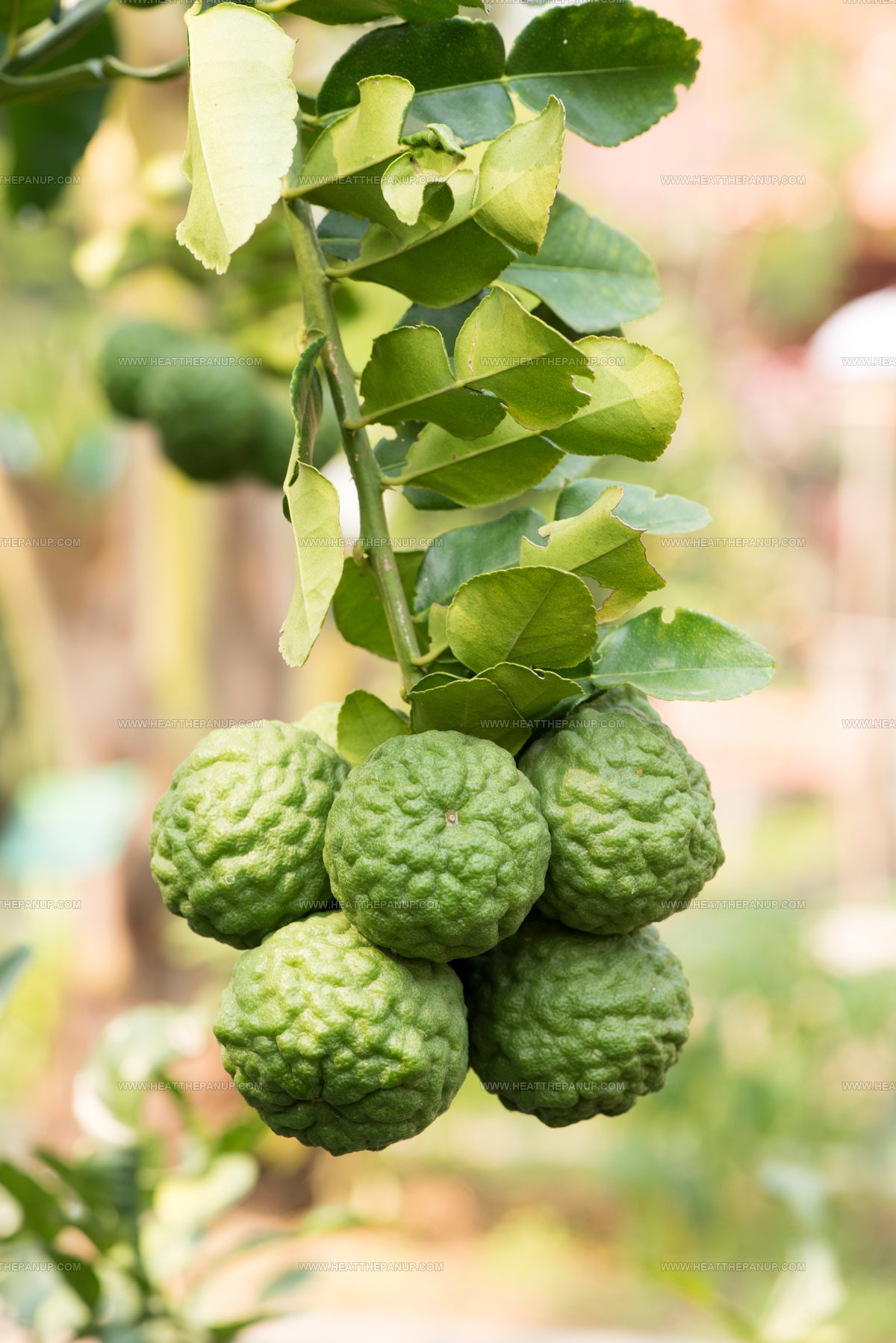
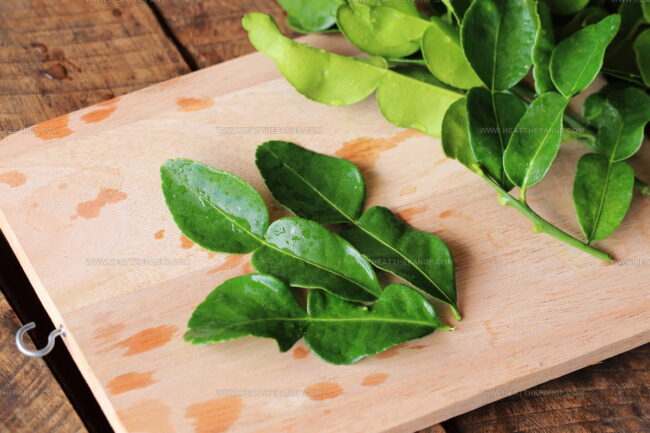
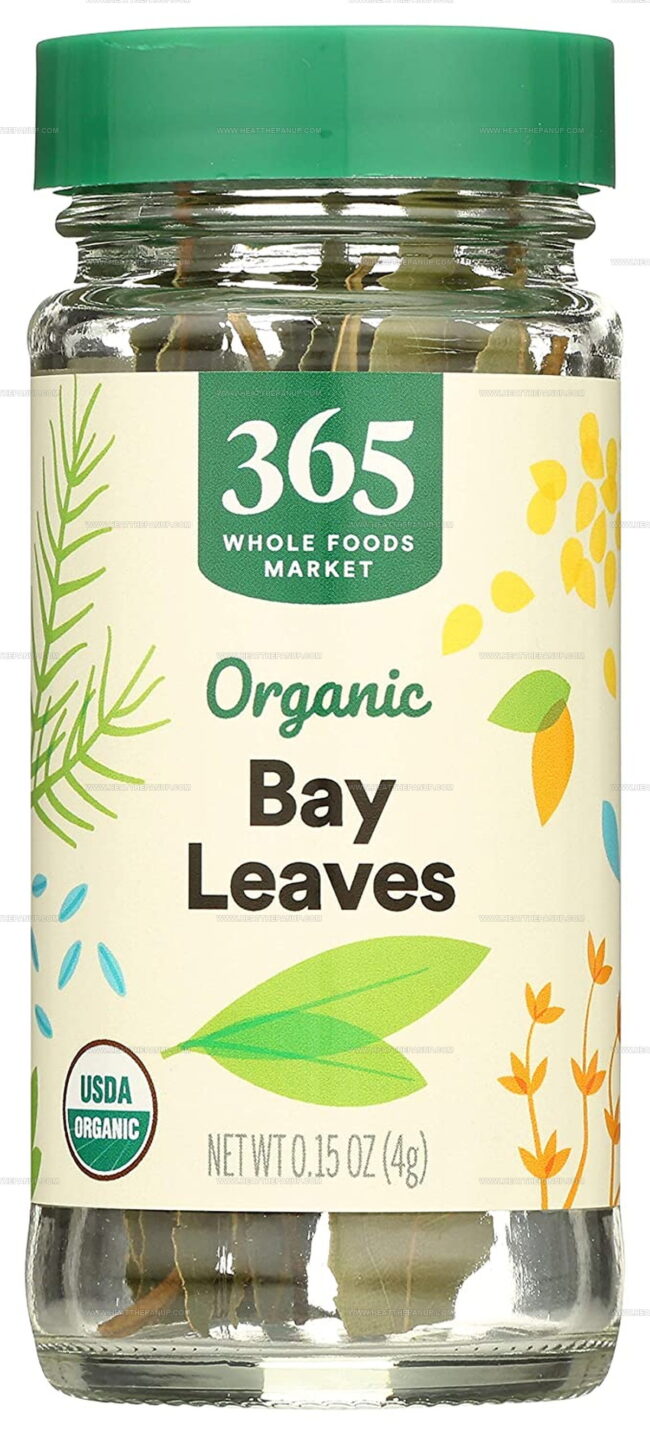
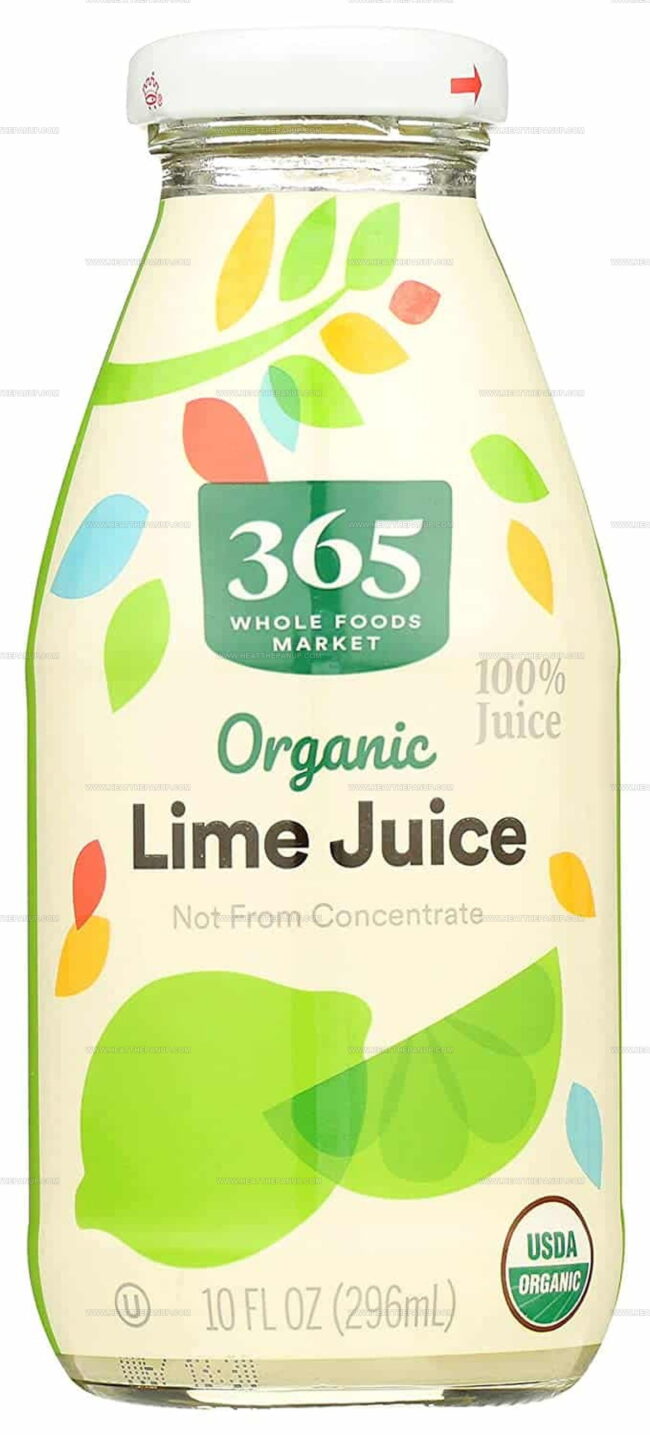
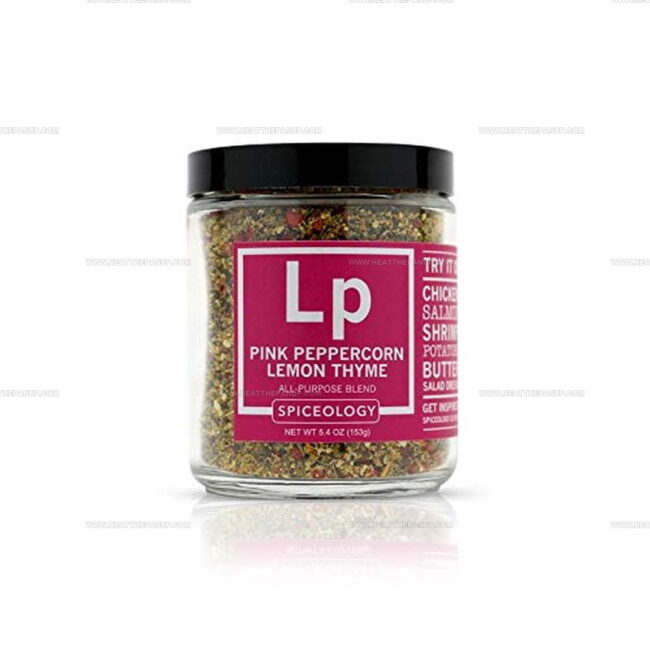
James Hambly
Founder & Recipe Creator
Expertise
Recipe Development, Culinary Education, Farm-to-Table Cooking, Southern Cuisine
Education
Asheville-Buncombe Technical Community College
Certificate in Culinary Arts
Focus: Hands-on training in professional cooking techniques, emphasizing farm-to-table practices and Southern cuisine.
The Chef’s Academy
Associate Degree in Culinary Arts
Focus: Comprehensive culinary education covering global cuisines, kitchen management, and food safety.
James grew up surrounded by the smells of cast-iron skillets and slow-cooked Southern meals in Asheville, North Carolina.
He sharpened his skills with a Certificate in Culinary Arts from Asheville-Buncombe Technical Community College, and later leveled up with an Associate Degree from The Chef’s Academy.
James’s philosophy is simple: the best meals don’t need fancy tricks, just fresh ingredients, a hot pan, and a little bit of heart. His favorite days are spent testing one-pan wonders, chasing bold flavors, and creating recipes that feel easy, even on a busy night.